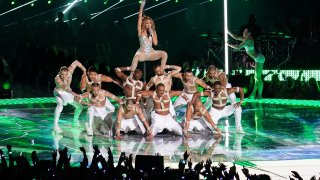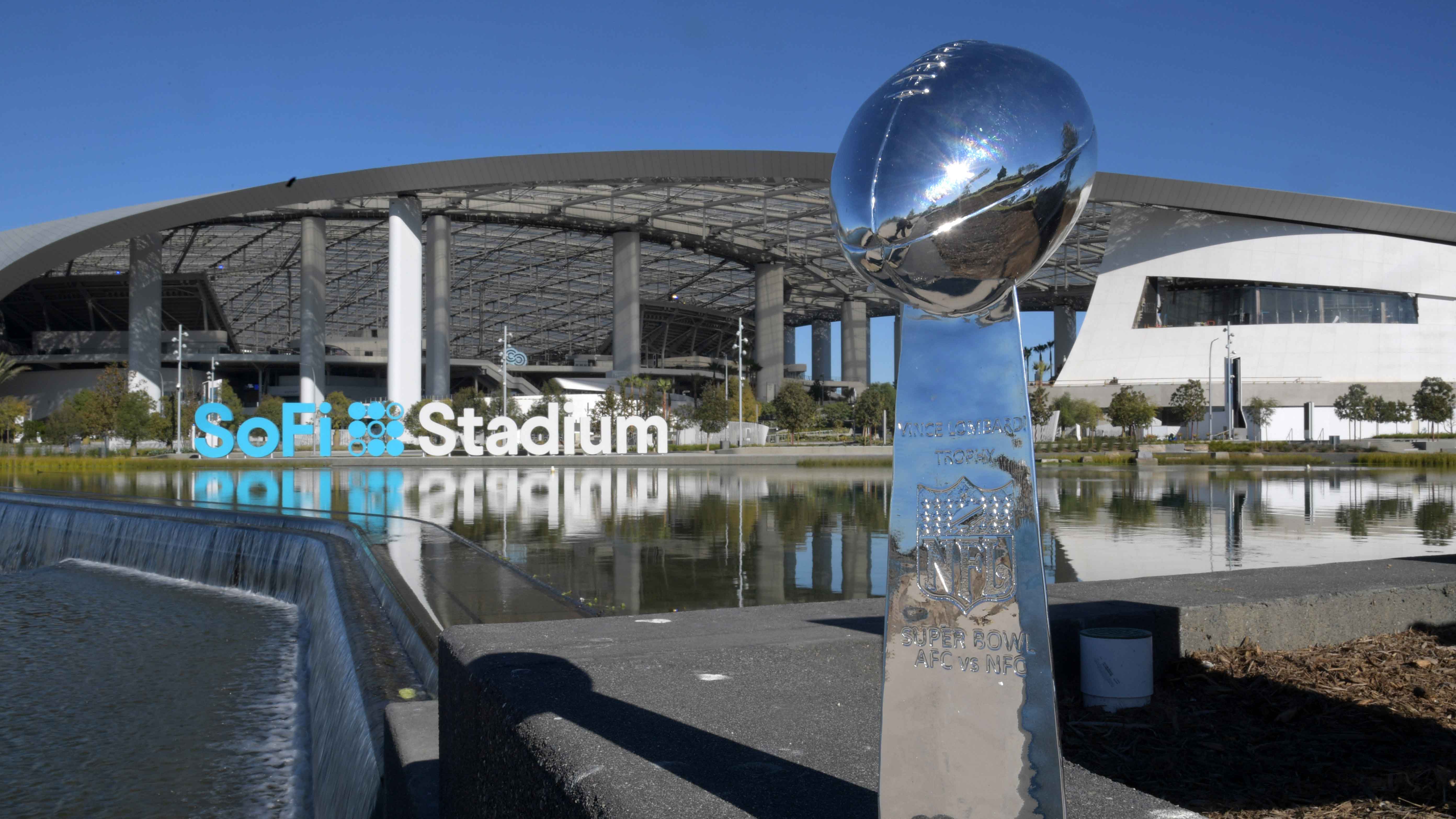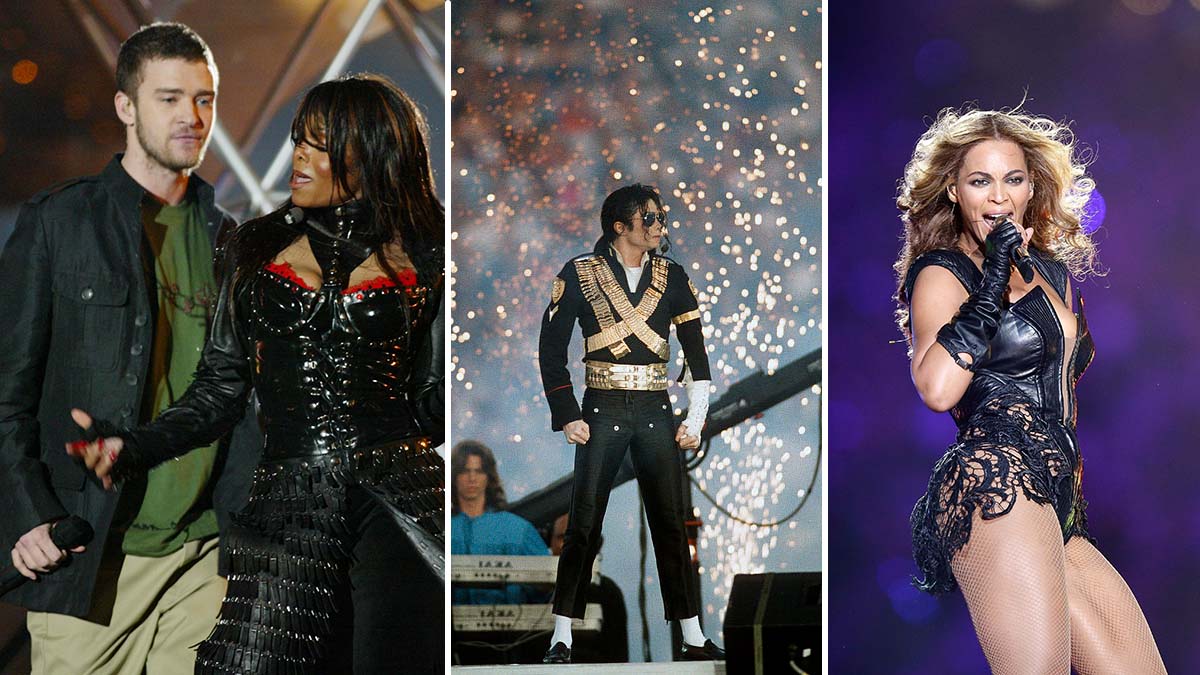
When Jesseca Cipkas learned that she would not be paid to dance at the Super Bowl LVI halftime show, which would entail nearly 60 hours of rehearsal in a short period of time, she just didn't think it was worth it.
The 20-year-old student at Loyola Marymount University first learned about the opportunity through an email from Rosalynde LeBlanc Loo, associate professor and Chair of LMU's Dance Department.
Loo said she was contacted by a casting manager for the halftime show through a general inquiry through the dance department website.
"The original call was for students of color," said Loo. All students were still welcome to audition, but the casting agents were wanting to prioritize the casting of people of color, she said.
Copying and pasting the audition information into an email to her students, Cipkas and others at the university emailed the provided contact hoping to audition.
"A lot of us were thinking, 'Oh, we're going to audition and actually dance for the artists,'" said Cipkas.
Instead, those dancers were asked to send in headshots.
"And then we didn't hear back until January. Like mid-January," said Cipkas.
Cipkas said the next correspondence from the recruiter was directed toward all of the LMU dancers who had expressed interest.
"It was just telling us that we, as a group, have to sign up for this group thing. And then our group, if accepted, will be able to perform at the Super Bowl. But it's all volunteer," she said.
Get a weekly recap of the latest San Francisco Bay Area housing news. >Sign up for NBC Bay Area’s Housing Deconstructed newsletter.
That was when Cipkas realized it.
"This isn't actually backup dancing for artists. It's more like the field people, the people dancing in the field." However, she says she "was still interested in that."
She lost interest when she looked at the rehearsal schedule and read the other stipulations.
The dancers would be expected to practice for days, back-to-back, sometimes for as long as nine hours.
The email did not mention breaks or meal provisions, and instructed the dancers to find their own transportation to rehearsals and to SoFi Stadium on the big day.
"I looked at the schedule and considered classes and work and everything else; I just didn't think it was worth it just to have experience," she said. "For us to do something without getting paid, and putting that much time and commitment into it just didn't seem like a valuable thing to do."
Others on social media, like dance activist Taja Riley, have also voiced concerns highlighting that recruiters were particularly interested in having African American dancers participate.
“Why be cheap, especially on such an incredibly important performance honoring, + showcasing African American talent?” said Riley in their Instagram post.
The issue of pay with the halftime show goes beyond the dancers.
While the NFL covers production costs of the performance, they historically have not paid the artists beyond union scale, which is significantly lower than their typical, base rate.
This year's heavyweights, including Dr. Dre, Eminem, Mary J. Blige, Kendrick Lamar and Snoop Dogg, will join performers of years past in this circumstance.
Despite the lack of pay, some dancers from LMU decided to continue in the process and pursue the halftime show.
"There is respect and dignity in both choices and each individual has to make the choice that they feel good about," said Loo.
While she stresses that the Super Bowl is one of the largest money-making events in America, and that dancers need to question disciplinary ethics and speak up in a quest to build the dance world that we want, she supports her students who will appear at SoFi on Feb. 13.
“Those decisions to work without monetary compensation can ‘pay back’ in many other valuable ways,” said Loo.
Cipkas, who hopes to dance professionally after she graduates in 2023, knew she would have gained experience from the opportunity, but not the kind of experience she feels would benefit her.
"I'm a junior, so, my class, we're in a tough position because we feel like we need to start getting experience and start getting out there ... so we have a job when we graduate. But, at the same time, it's not necessarily something you can put on your résumé and say you have experience in," she said.
The opportunity would have been worth it to her if she could have worked with an artist and had that reference. She also wants transparency on the part of recruiters and organizers.
"I want to know who I'm working with, how long, what's the rate ... We were told it was an audition at the beginning but it wasn't, so we were all taken aback by it," she said.
Not knowing what to expect was a red flag for her.
Until such needs can be met, she feels obligated to focus on her job and academic priorities.
In terms of the students who will participate, many of which Cipkas says are underclassmen, she supports her fellow dancers.
Cipkas and Loo both hope that the news and social media attention on these unpaid dancers will spark change in the industry and improve dancers' working conditions.
"I just hope it shows that dancers and other artists do deserve to get paid for all the work that they've put in," said Cipkas. She also hopes dancers can be valued as a "crucial aspect to the entertainment industry."
It wouldn't be much of a Super Bowl Halftime performance without the dancers and the other people to make it what it is.
Jesseca Cipkas, Loyola Marymount University
“Hopefully this national attention can help advance our field,” Loo said.
At the same time, she encourages the students who will perform to celebrate the occasion and know that they are supported by their school.



